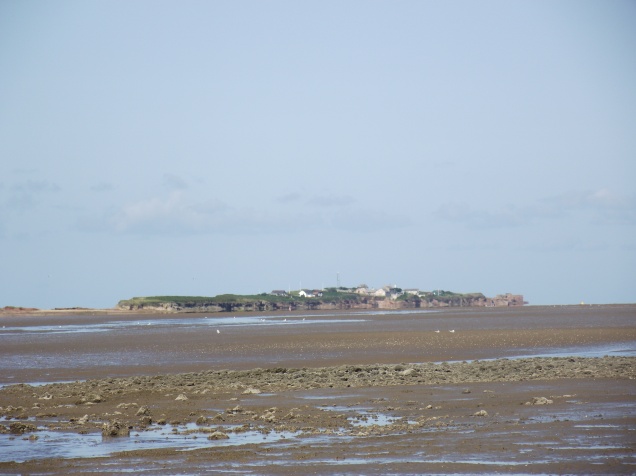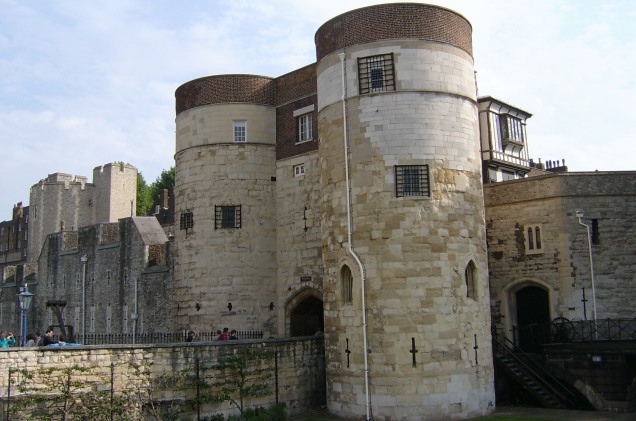
Today is the 484th anniversary of the death of Queen Anne Boleyn, the ill- fated second wife of King Henry VIII. I don’t think either needs any further introduction. I should point out that this is not a date which I usually mark, or would even have been aware of had it not been for my current reading material. I have finally reached the end of The Mirror & The Light, the third and final instalment of Hilary Mantel’s retelling of the story of the fall from grace and eventual execution for treason of Thomas Cromwell, Earl of Essex, Lord Privy Seal and Henry Tudor’s general right-hand-man until he fell out of favour. Cromwell was the common man, a blacksmith’s son, who had risen, under Henry’s patronage, to become the most powerful man in the kingdom bar the king himself. Indeed, that was the problem. The most popular reason proffered for Cromwell’s grisly demise was his role in forging Henry’s disastrous union with Anne of Cleves that ended in annulment after 6 months. Whilst that was undoubtedly an important factor, whispering in the King’s ear were those English nobles of ancient lineage, consumed by envy and contempt towards the lowly nobody who had risen to greatness and who they wanted out of the way.
This isn’t a history blog, nor do I do book reviews, but reaching the final (875th) page on the date of Anne Boleyn’s beheading felt quite poignant and inspired me to have a look at my photos of the single occasion on which I visited the Tower of London, on another sunny day about six years ago.

In 1070, William the Conquerer decided to show the recently vanquished Londoners a symbol of his power by erecting a fortress on a hill above the city, complete with a tower that would loom menacingly, casting a shadow of fear. Just in case anybody got any ideas. Over the next few centuries, the Tower was expanded and fortified through a concentric design of defensive wall within defensive wall. Within, medieval kings built their regal abodes and locked away their riches and armoury. The Crown Jewels of Queen Elizabeth II are stored there and can be viewed, though not photographed, by visitors. I wasn’t particularly interested in seeing them but decided that since I was there I would take a look. I was struck by how blingy these national treasures appeared, almost too shiny and glittery to be real, as if they had come out of a dressing-up box.
On the day of my visit, troupes of colourful Morris dancers jingled and jangled their bells for the audience. Mock medieval tents stood on the lawn where soldiers appeared to be going through some kind of training activity.
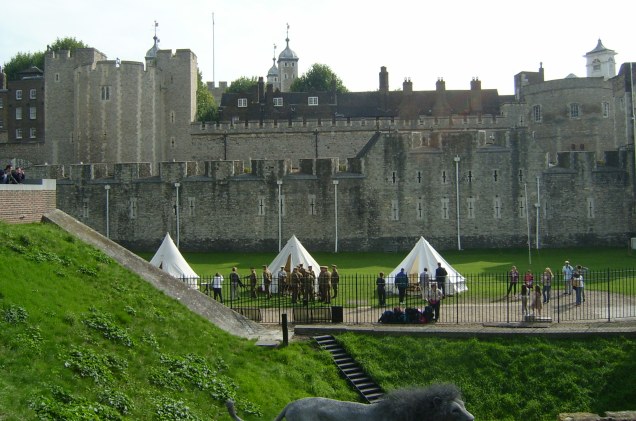

In medieval times, prisoners accused of treason would usually be brought into the Tower by boat, sailing along the Thames and through the notorious Traitors’ Gate. It must have been terrifying, knowing that almost certainly they would not leave again and that all manner of horrors might await within. It felt quite disturbing to me to look beyond the grille and imagine passing through.

Although a prison for over 500 years, not all of those incarcerated were kept in dingy dungeon cells. Lavish apartments were comfortable abodes for the weeks, months or years that some English nobles awaited the monarch’s decision as to their fate. Some did get out alive. The ones we know most about are those that didn’t.
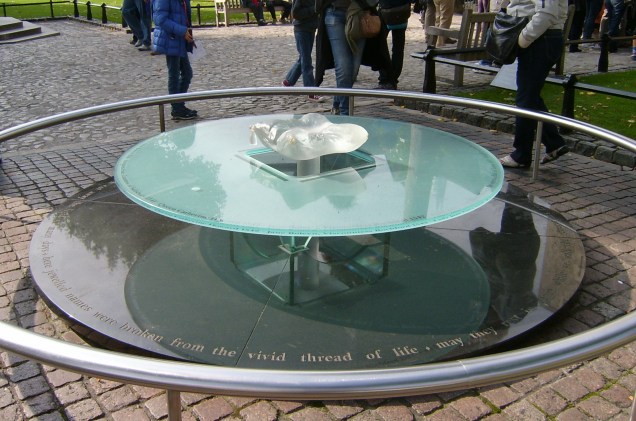
On Tower Green stands a glass memorial which marks the site of the execution block where so many heads rolled. On it is inscribed:
‘Gentle visitor pause awhile: where you stand death cut away the light of many days: here jewelled names were broken from the vivid thread of life: may they rest in peace while we walk the generations around their strife and courage: under there restless skies.’
The memorial is dedicated to all who were sent to their deaths by order of the state, though some names are better known.


The light and clarity of the glass and the gentle touch of a cushion in place of the block seemed quite fitting in such a sad and gruesome spot where the blood of many was shed, sometimes for reasons of political expediency.
Queues were very long on that hot day, so I decided to avoid entering the more crowded exhibitions which included a display of royal armour from across the centuries. Instead, I joined a guided tour of the Royal Chapel of St Peter Ad Vincula, the final resting place of those executed for treason including, amongst many, Thomas Cromwell, Thomas More and the two beheaded queens. Our guide was one of the beefeaters or Yeoman Warders. Again, photography was prohibited.
Until the 19th century, the Tower had its own zoo; a royal menagerie of exotic creatures; novelty gifts from courtiers or ambassadors, or procured at the Regent’s request. Happily, the real animals are long gone and are replaced by some impressive metal sculptures.


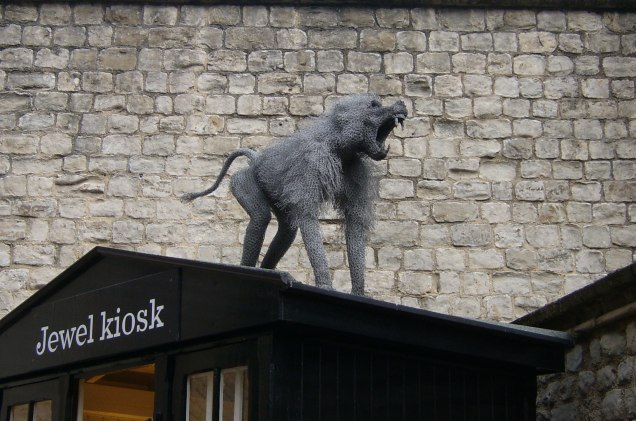
There are still some famous animal residents at the Tower of London; creatures of legend, the ravens. There are seven in total, all looked after by the yeoman raven master; pampered, in fact. The legend goes that the ravens protect the Tower, and if they ever leave the Tower and the kingdom will fall.


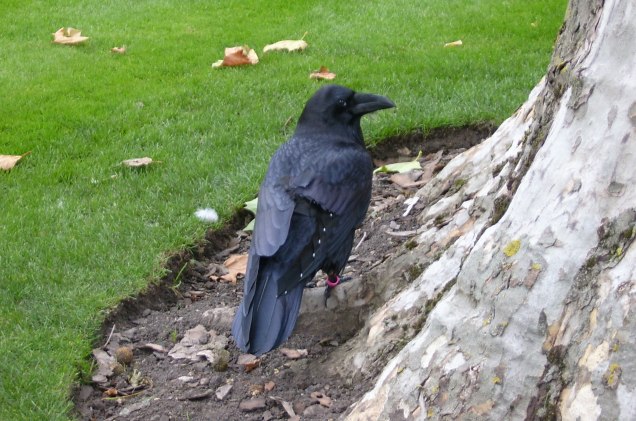
I watched a programme about the ravens a couple of years ago and found it intriguing. They really are very spoilt. As they are, like so many before them, prevented from leaving (in this case through the clipping of a wing feather), it seems only right that there is a pay off. I wonder if they would leave if they could. Perhaps we should be hoping not.








